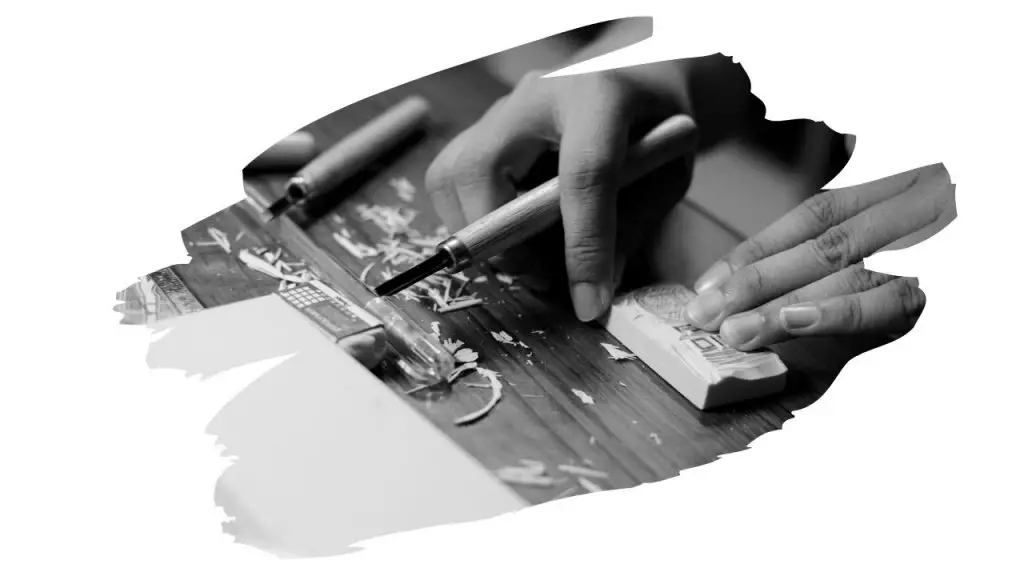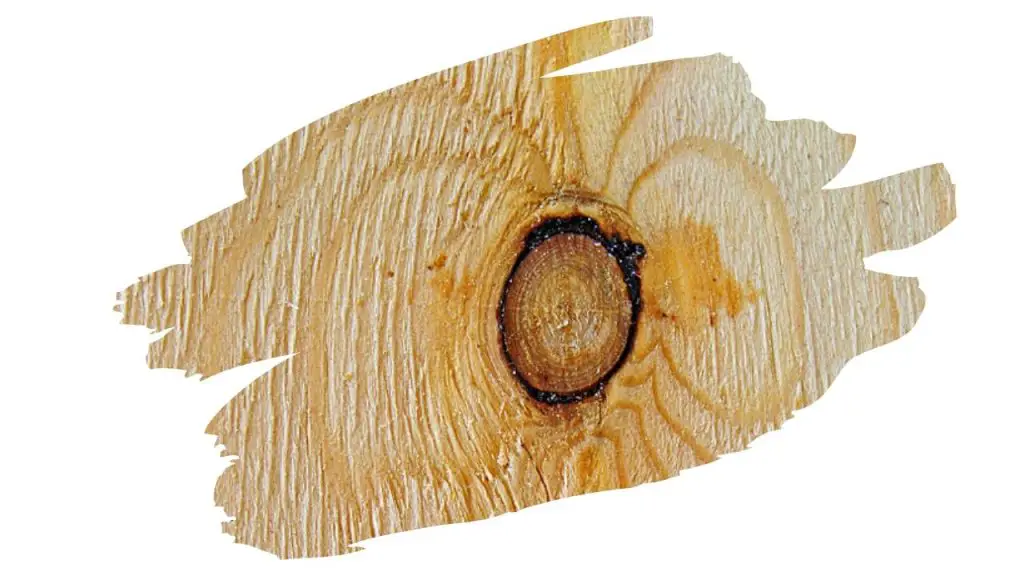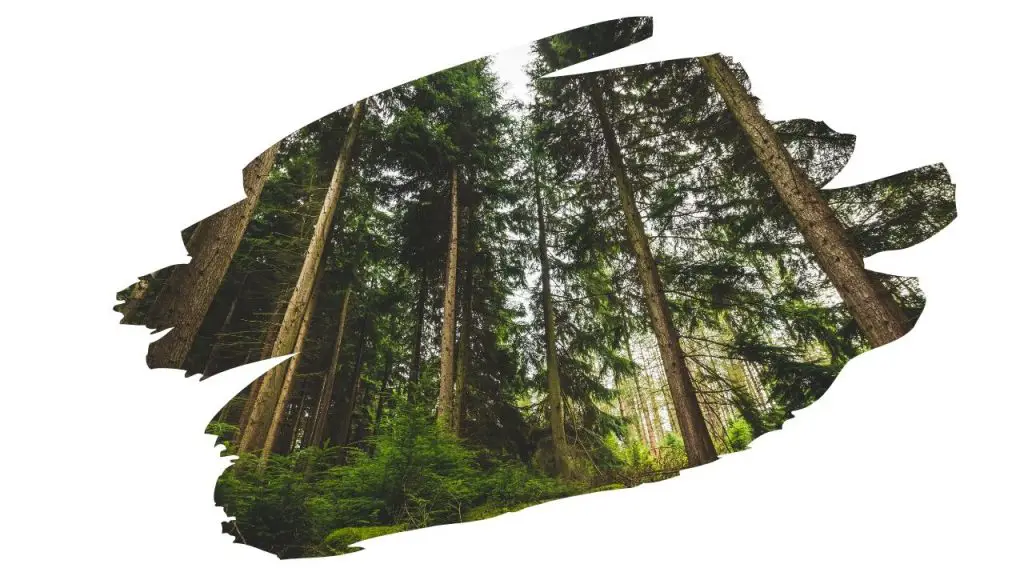When you’ve got a wood carving project in mind, and you’re ready to get started, what kind of wood should you use?
Most woodworking enthusiasts will simply get any one of the most popular softwoods, and get to work.
And Pine Wood, in particular, is a common choice for making almost any wood craft; such as furniture, fences, and floors.
But is pine good for whittling projects?
The great news is that pine is good for carving. Due to it being a softwood, it is best suited for Whittling, Carving in the Round, and even Relief Carving.
However, because of its soft straight grained texture, pine wood is not suited for Chip Carving.
Did you know that there are four main wood carving styles? To learn about the differences between Relief Carving, Whittling, Chip Carving, and Carving in the Round, just click here: 11 Surprisingly Simple Wood Carving Projects for Absolute Beginners
Now, at last count, there are 126 different species of Pine Wood! And not all of them are suitable for carving.
So let us look a little deeper into some of the key pros and cons of using pine wood…

This post may contain affiliate links to products that we receive a commission for (at no additional cost to you). Learn more here.
1) Is Pine Hard To Carve?
Compared to hardwoods, Pine is easy to carve with.
For example, according to the Janka hardness testing (this is a test that measures how well wood can hold up against wear and tear), black walnut can resist over 1000 pounds of force.
Eastern White Pine, on the other hand, can only resist up to 380 pounds of force.
But not all pine wood species bend so easily under pressure.
The Radiata Pine Wood can resist 710 pounds of force – thats almost twice as strong as Eastern White Pine!
So while pine can be carved, it is important you select the right type of pine wood species.
2) What Is A Good Pine Wood For Carving?
In order (ranking from easiest to hardest to carve with);
1 – Eastern White Pine
This is the softest pine wood on the market, and native to Eastern North America.
2 – Western White Pine
Another well-loved carving wood. Only slightly harder to carve than its Eastern counterpart.
3 – Southern Yellow Pine (Loblolly or Shortleaf)
4 – Radiata Pine
5 – Southern Yellow Pine (Longleaf)
3) Should I Carve Green Pine Wood Or Dry Wood?
Rule of thumb, it is easier to carve from wood that still has a little moisture in it. That doesn’t mean green wood (which is just a fancy way of saying ‘freshly cut wood’) is better.
Dry wood is still perfectly fine to carve from. But you should know that once wood dries it is more likely to crack and splinter as you try to carve with it.
Related Post: Paulownia Vs Pine For Woodworking (Top 3 Advantages & Disadvantages) | The Woodwork Place
4) Does Soaking Pine Wood Make It Easier To Carve?
Soaking wood in water makes it easier to carve with, (than if you were trying to carve into bone-dry kiln wood).
But soaking won’t give the wood the same pliable flexibility that the wood once had as freshly cut green wood.
5) How Long Should Pine Wood Dry Before Carving?
If you decide to fore-go greenwood, and you want to start carving from dry pine lumber, then you have two options;
- 1 – Purchase Kiln-Dried Wood (Time Line: Instant)
You won’t need to wait, and you can get to work straight away.
- 2 – Season The Wood (Time Line: 6-12 Months)
Seasoning wood involves a long process of removing as much moisture from the wood as possible.
Typically a technique used to create firewood, you can season Pine wood for carving too.
With most softwoods, such as Pine, it can take 6-12 months for it to fully dry out.
To learn some helpful tips and tricks on how to properly season wood, click here to check out my article: How To Season Wood (7 Tips)
6) What Are The Disadvantages Of Pine Wood?
- 1 – It Is A Bit Stiff
When it comes to wood carving, Pine woods main disadvantage lies in its stiffness.
While that stiff durability makes it a great pick for sturdy furniture, it can be less fun trying to carve away at it once its dried out.
- 2 – Low Density Means Lots Of Dents
Another issue is that the low density of this softwood means that it can tend to pick up nicks and notches all too easily. These dents can give the wood a weathered look well before its time.
So if you want your wood carved piece to look good for a long time to come, be prepared to give it a refinishing touch up every now and then to repair the damage.
- 3 – It Has Lots Of Knots
Pine wood is famous for having a lot of problematic wood knots.
Wood knots are those dark circles found all the way along the wood grain (just like the one in the picture below).

Wood knots look great at a glance, but can cause issues if they aren’t properly sealed (as wood sap can ‘bleed’ out of them).
7) Do You Need To Seal Pine?
It is important to seal pine if you want to stop knots from leaking.
If you skip over the sealing step, the knots will just bleed and ruin the finishing coat.

8) What Do You Seal Pine With?
Sealing pine wood knots with a natural shellac sealant is your best option, if you want to prevent seepage.
It also makes for a great finish too (which means you won’t need to apply a polyurethane top coat, if you don’t want to).
9) Is Pine Wood Waterproof?
Pine Wood is not water proof. In fact, with its low density softwood texture, (as opposed to the tightly packed fibers found in hardwoods), bare/raw pine wood absorbs water easily.
So be sure to always give pine wood a full waterproofing finish of some kind of sealant, polyurethane, lacquer, or varnish.
If you want to learn more about Polyurethane, Lacquer (and which finish is best for your piece) you can learn more by clicking here: What Is The Difference Between Lacquer and Polyurethane?



